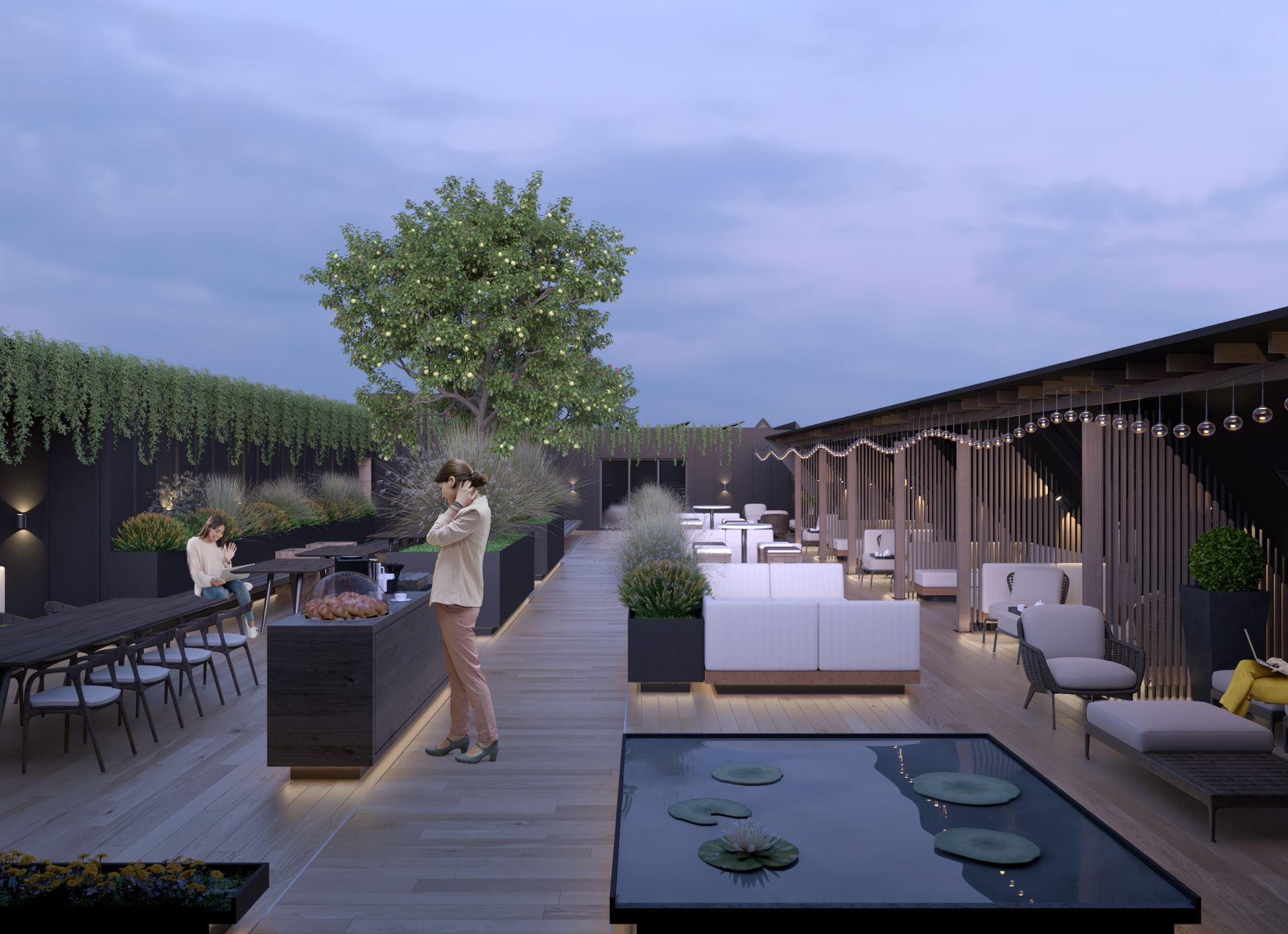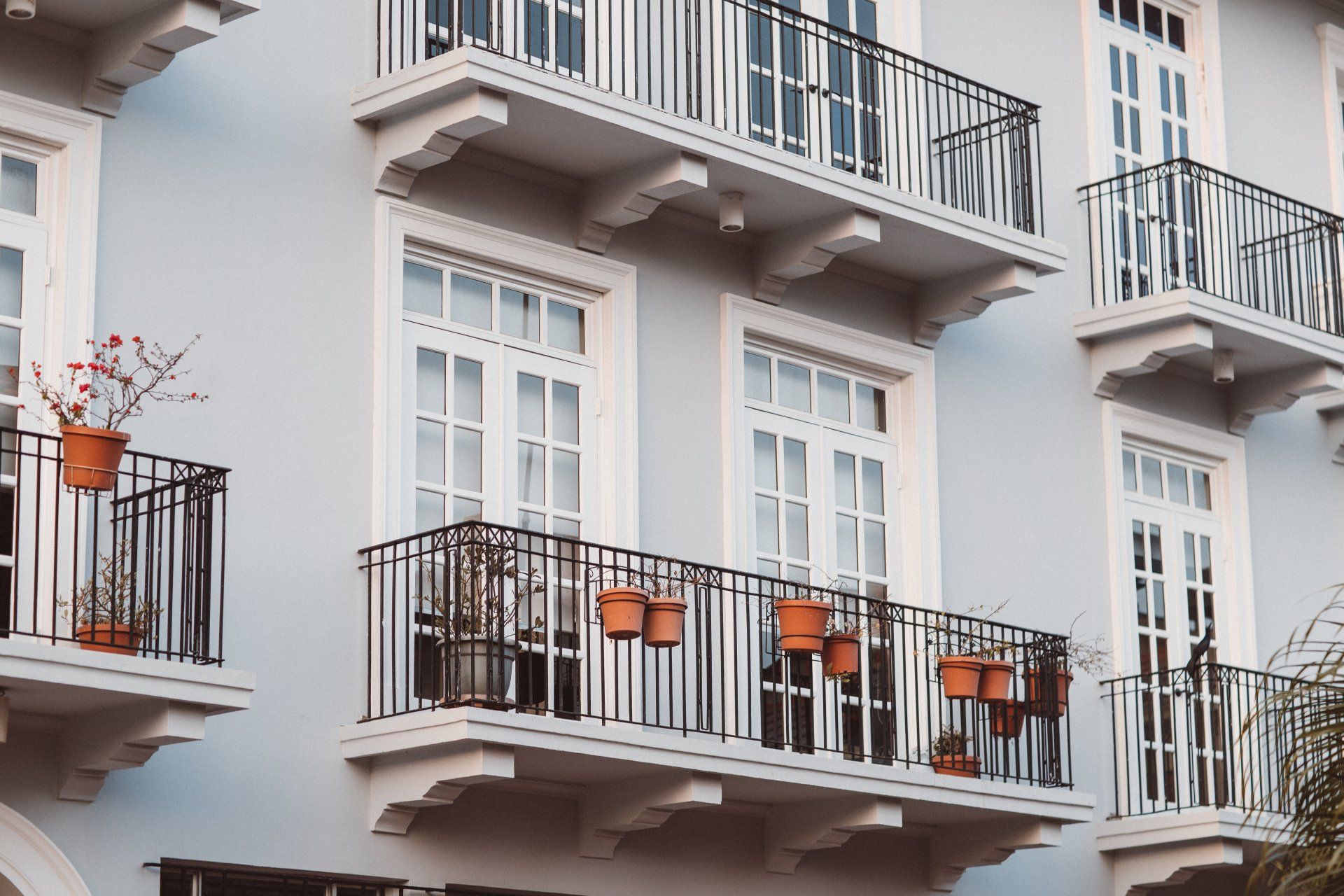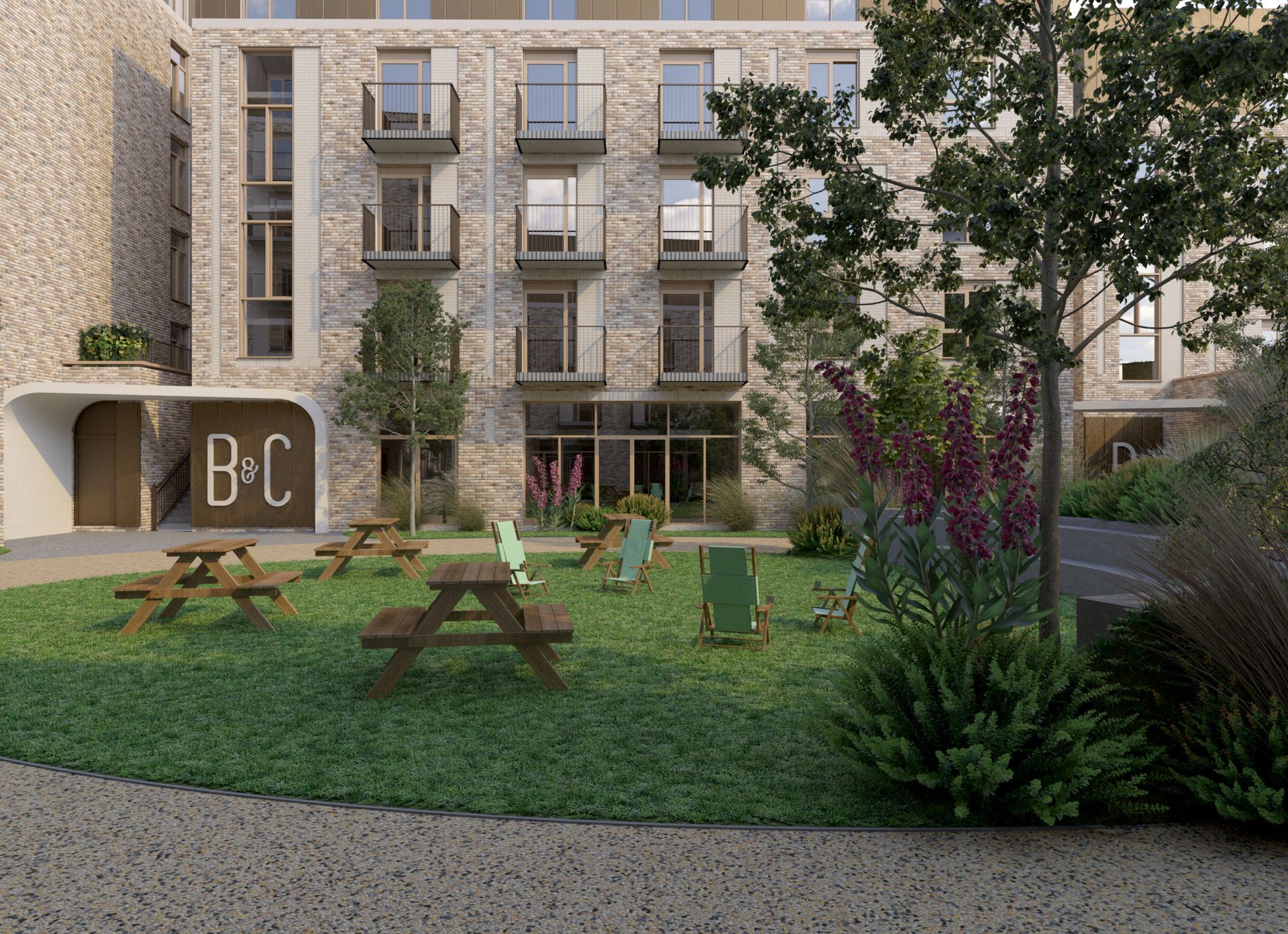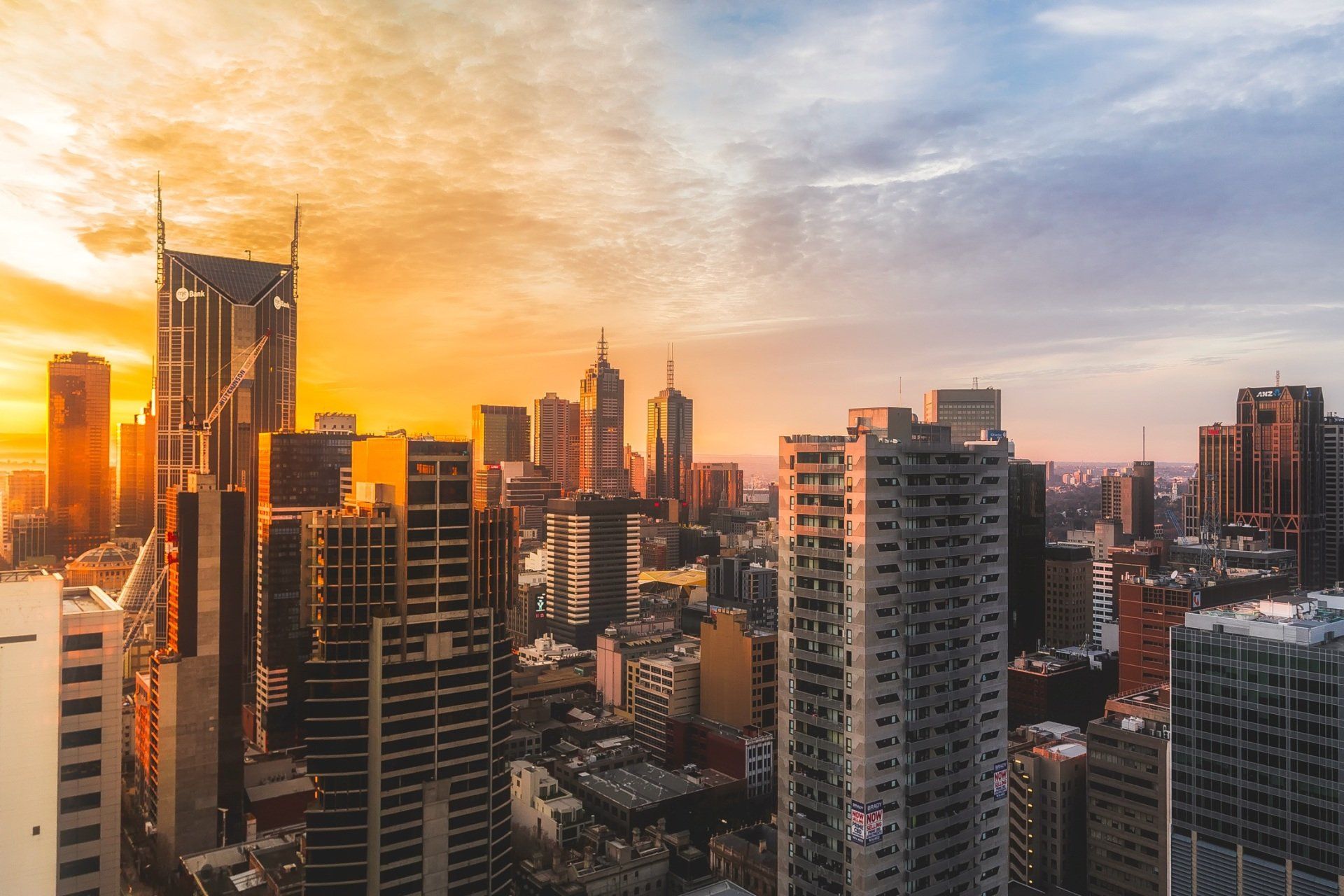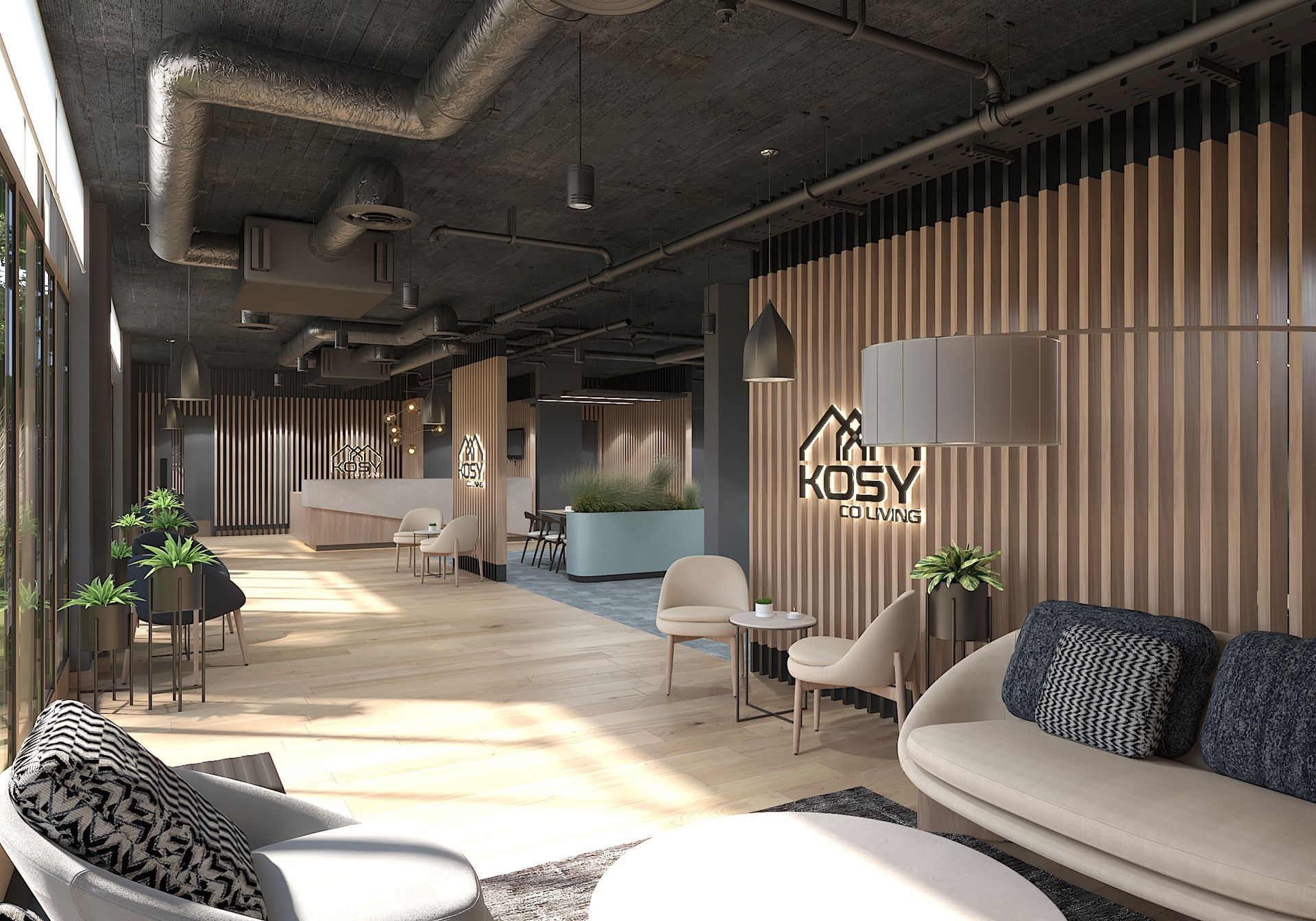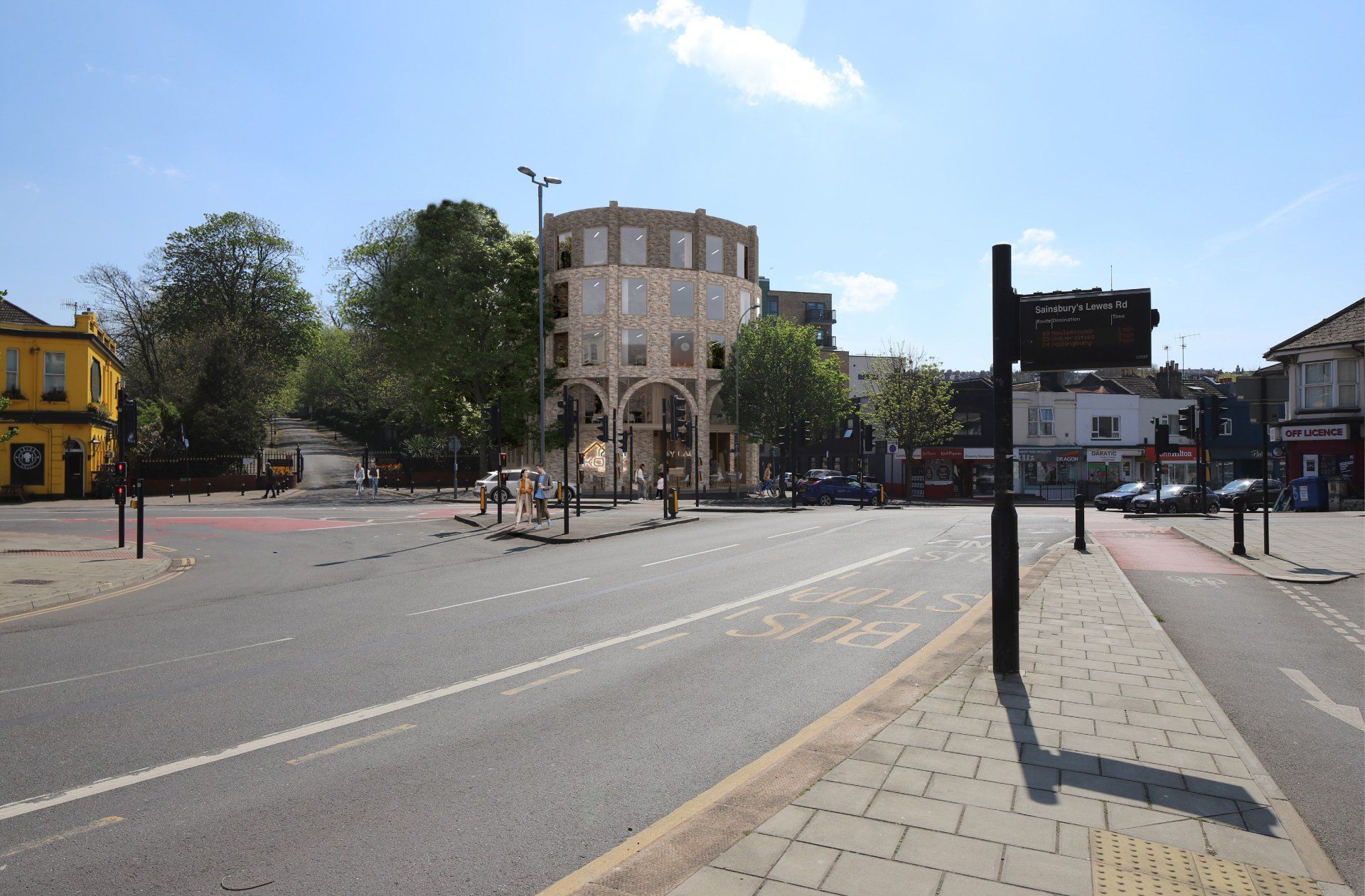HEAD OFFICE
Kosy Living Ltd
c/o Brundell Property Limited,
12 Hay Hill, Mayfair,
London W1J 8NR
GET IN TOUCH
E: info@kosyliving.co.uk
Increase in demand and lack of stock is keeping pressure on London rental values
London Spotlight | Increase in demand for rental and lack of stock
UK Rental
Rising rents is something that is visible across the UK. Property Mark reported recently that the average lettings agent is processing over 127 new applicants every month, and there is an average number of 11 properties available to rent per member branch.
London Rental
Increase in demand and lack of stock is keeping pressure on many cities, including London’s rental values. Savills has reported that prime rental prices in London and the commuter belt has lifted by 10.3% and 5.1% so far in 2022.
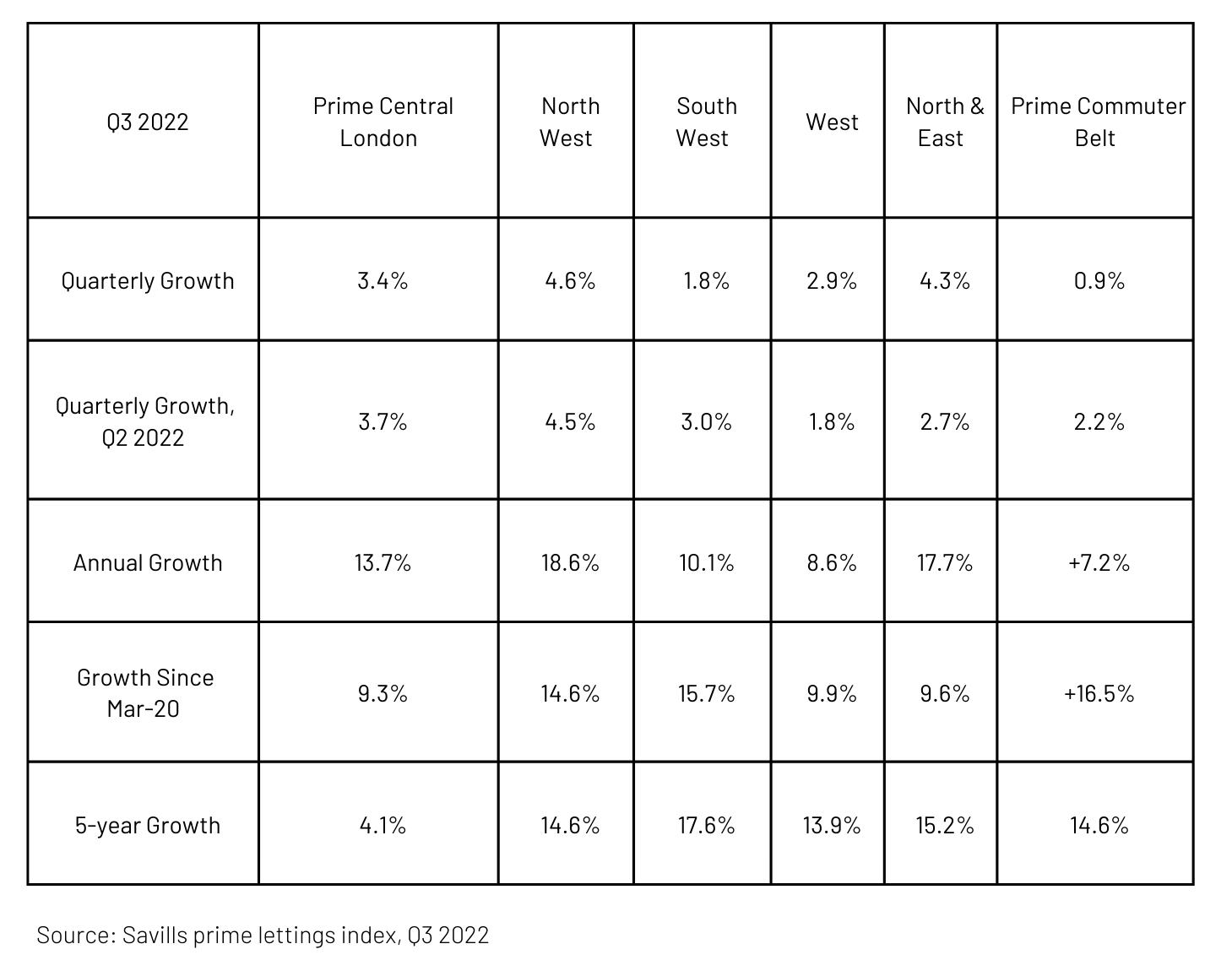
In comparison to 2019, the amount of supply available to rent In London was 33% less and 37% less in the commuter zones.
In August, in the commuter areas surrounding the capital, an average of 6 people were chasing a rental property. Savills also enrolled 60% more people looking to rent within an hour of London compared to 2019.
Jessica Tomlinson, research analyst at Savills said:
“Against an increasingly difficult economic backdrop, prime London rental growth has reached new highs. Intense competition to find somewhere to live in the capital – especially during a period of significant student demand – is outweighing the higher cost of living and concern over the UK economy, particularly given the acute shortage of stock.”
An increase of accidental landlords is expected; however supply shortages are predicted to continue in the rental market for some time.
Paul Brundell, Chief Executive Officer and Founder at Kosy Living said:
“The demand for rental properties in and around London is considerable. There are some fantastic opportunities for development in sought-after and up-and-coming locations within easy reach of central London. We, along with other developers, have the drive and capacity to respond to this demand. I hope that in addition to tackling the supply and demand gap and - alleviating soaring rent prices - councils can also recognise the huge socio-economic benefits BTR and co living can bring to their communities. Co living in particular is designed to be a more affordable option, with bills and amenities included, plus all the benefits of living in a community.”
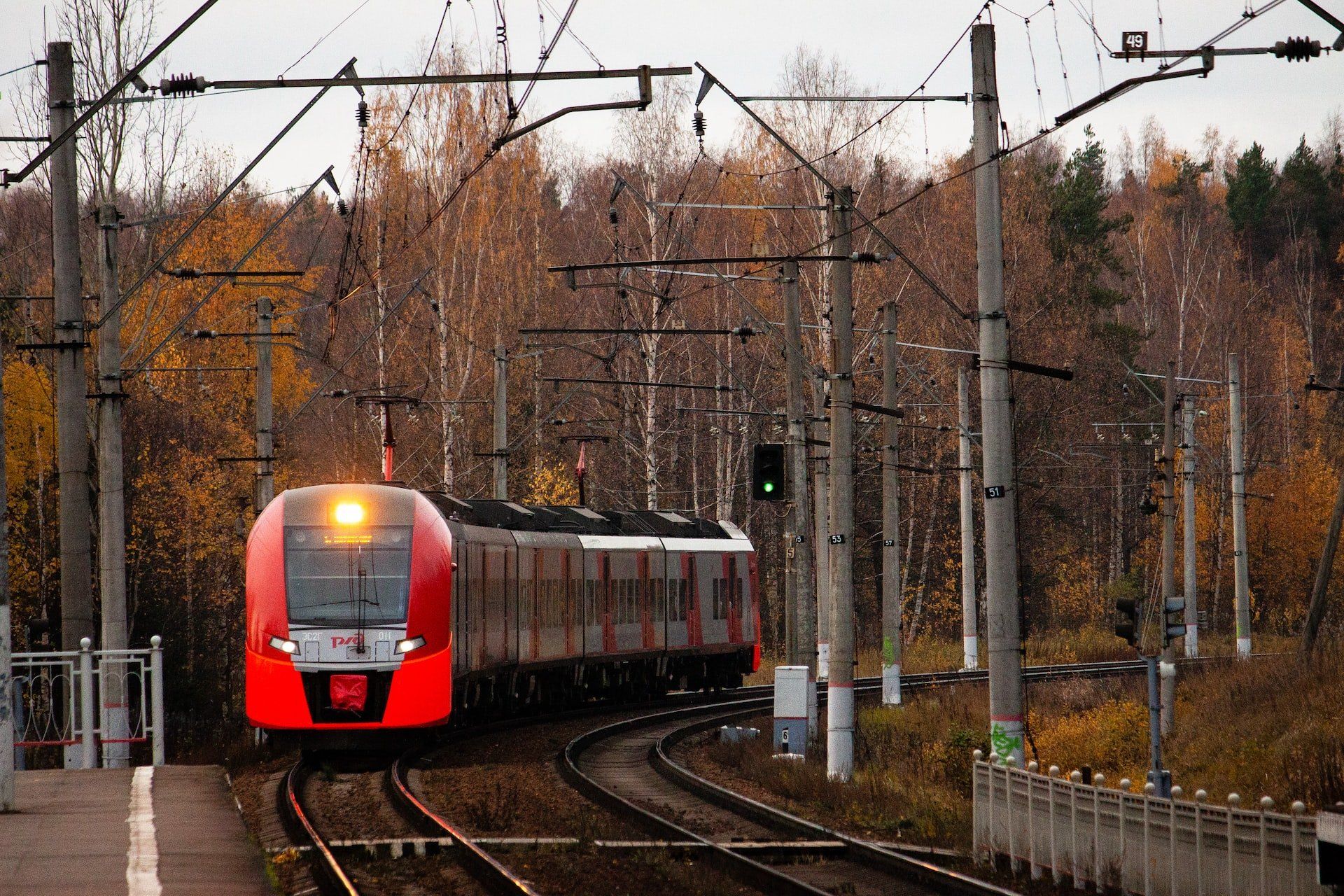
London Transport
Commuter zones are becoming increasingly attractive for people to live due to convenience, affordability and the appeal of living in more rural or sub-urban area, which offers an escape from the city, often with green spaces and charm.
Transport For London (TFL) reported recently that there are now around 5 million bus journeys per day during the week and ridership is now frequently 80-85% of pre-pandemic levels, with some routes in the outskirts of London back to normal. Also, weekday tube ridership has grown to around 70% of pre-pandemic levels, with passenger numbers on the Victoria, Northern, Jubilee and Central lines continuing to increase (Intelligent Transport, 2022).
The opening of the Elizabeth Line in May this year has been transformative for the city, improving transport links and shortening journey times. Mark Evers, Chief Customer Officer of TFL told Intelligent Transport that approximately 22 million journeys were made on the line within the first two months, and a recent YouGov poll found almost 24% of Londoners used the line during this period.
Paul Van Reyk, Chief Operating Officer at Kosy Living said:
“With better connectivity through the Elizabeth Line, improvements, and more frequent journeys with the DLR set from 2023, better transport is making commuter areas of London more and more appealing, yet there remains a shortfall of housing stock. There is a huge opportunity here to deliver rental properties in these prime commuter areas, with the transport links already in place.”

